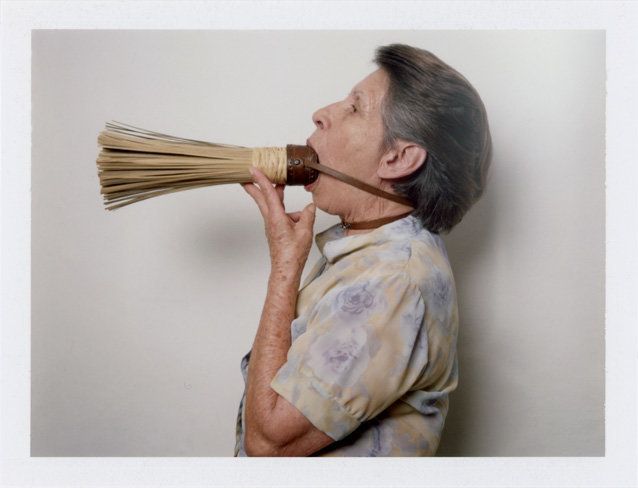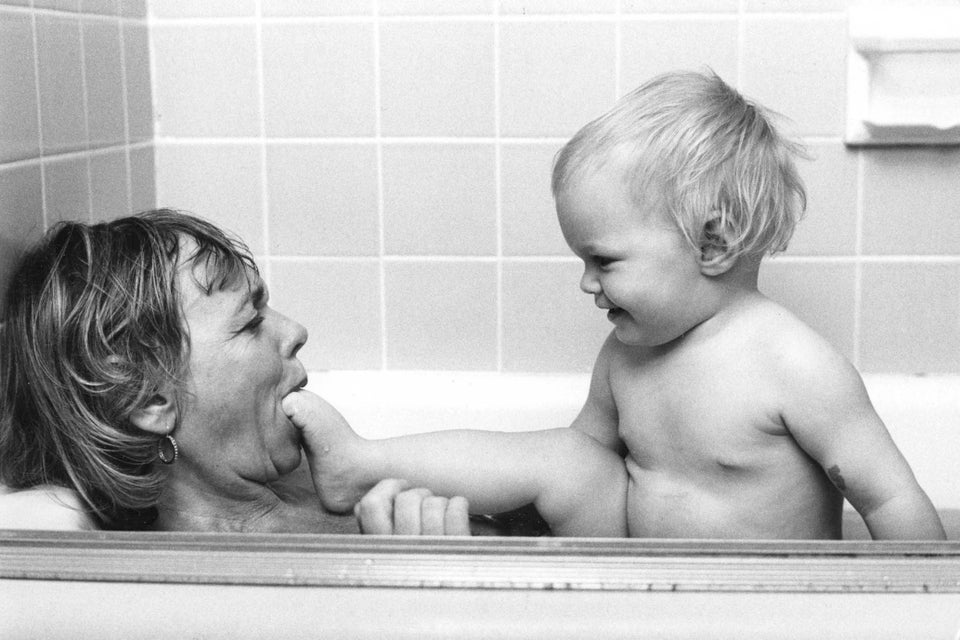Colombian artist Juan Betancurth is known primarily for his sculptures, strange contraptions that recall blurry memories of punishment and domesticity. One piece features the bristly head of a hairbrush melded into a leather sock, laced firmly up the wearer's arm. Resembling bizarre mittens or a benevolent take on a torture device, the object seems both threatening and comforting, its purpose unknowable but its presence persuasive.
In a new photographic series, a collaboration with photographer Benjamin Fredrickson, Betancurth delves into the history behind his work, tracing his practice back to his mother, Nydia. Betancurth, the seventh of eight children, was shaped by his mother's unusual expressions of authority, which often involved homemade inventions designed to discipline and punish her kids.

For the photo series, Frederickson returned to the place where Betancurth grew up, documenting Nydia wearing various disciplinarian gadgets made specifically for her by her son. In one, Nydia cleans the floor, on hands and knees, wearing the leather sock-brushes on her arms. In another, she dons a knit mask over her entire face while looking in the mirror. Positions of dominance and submission, authority and weakness, are thrown into disarray as a son's shadow returns home to address jumbled memories of fear, respect and love.
The series, titled "Nydia," is both a gesture of love and a soft act of revenge, as Nydia models the strange mechanisms, vaguely reminiscent of the ones she used on her children. Nostalgic with a hint of menace, the images reverse the roles of parent and child, imbuing the domestic sphere with a whisper of the uncanny.
Below, Betancurth expands on his childhood inspiration and experience returning home:
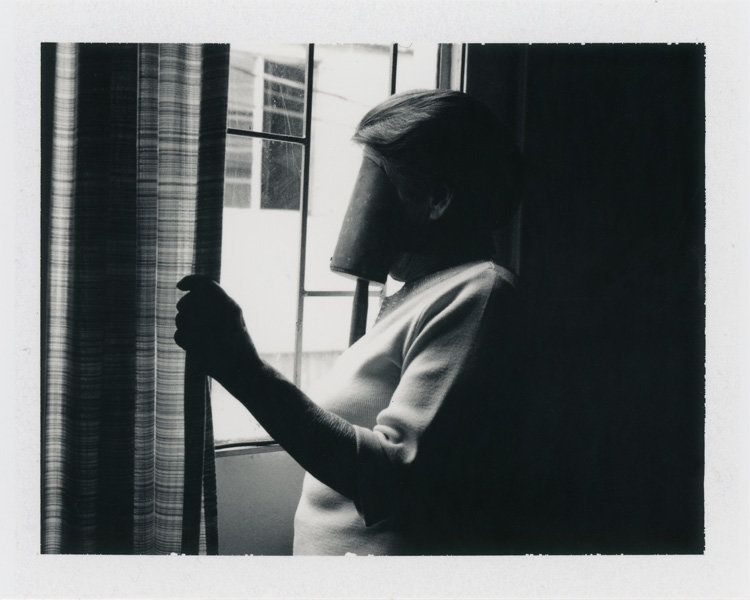
Tell me about the small town in Colombia where you grew up.
I keep calling it a "small town" probably because it seems small to me, but Manizales is really a small city, situated at the peak of a mountain, in the middle of coffee fields, a volcano, and a rainforest. People there are friendly, committed to a simple way of living, very attached to family values and strong Catholic traditions. There is always a feeling that time never goes by or that it runs very slowly.
How would you describe your mother?
A strong woman that didn’t have a a chance in life but to become a housewife. I have to say that I’m not sure if I really know her that well to make the right description. I can talk about how I perceive her: simple, humble and conservative, but I don’t really know how close it gets to the person she really is or she feels herself. That will remain to me as a mystery.
When I was younger, I was always afraid of her. I never felt comfortable with her around, it always felt like walking in a mine field. I never knew when I was detonating her brain out of her body. My impressions of her have been changing with time. As I grew older, I started to feel curious about that person that I had to call mother, I took the risk of putting myself in her shoes and they were not that comfortable. I think she is a women incapable of loving, or one with a very particular way of expressing it.
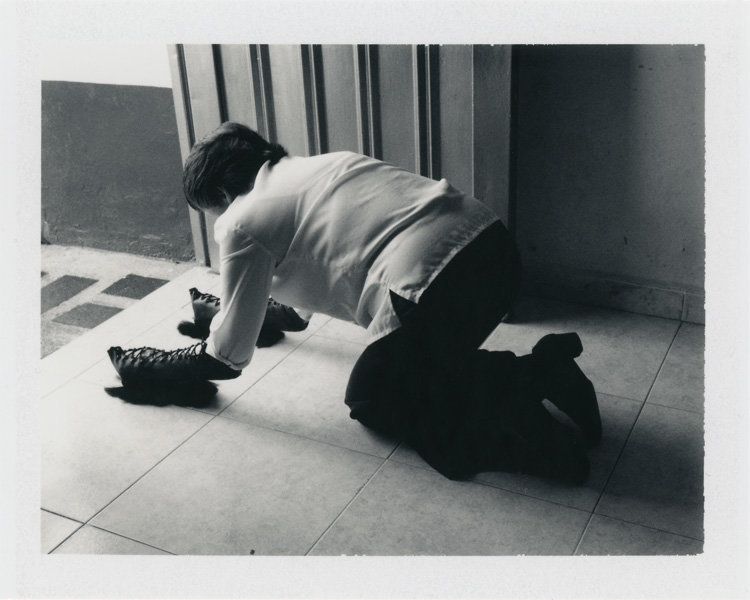
You've mentioned the unusual contraptions your mother occasionally used as means of punishment. Can you describe some?
I can't recall one in particular right now, there were several; the shape of one blurs in my mind into the next one. What I remember is my mother's precise manner of inflicting punishment on us. She was always agile, sharp and clever. I would say that she was a contraption herself.
What was your reaction to these punishments? How have your impressions changed over time, if at all?
I was afraid of them at the beginning, but they occurred so often that I probably developed a resistance or a sympathy towards them over time.
What compelled you to return home and incorporate your mother as a subject of your photography?
I was developing a body of work based on the ideas of a domestic life and how close it feels to me as an act of domestication. I started to twist domestic objects into control devices, day-by-day domestic actions into submissive behavior, kitchen tools into artifacts for pain or pleasure. I then realized that my own way of looking at that was coming from my own experience, so I decided to go straight to the source. That’s when Nydia came to play.
On the other hand, I feel that my mother and I had an unsolved deal. She was willing for me to see her in a different way and I was carrying this old fantasy of seeing her as powerless, following my commands. I found the situation rich in its content. I believe that there is much beauty to discover out of the darkness, but we are afraid of facing it or we just avoid it. Definitely that’s not how I want to live or do my work. Working with my mother was not a conscious act of catharsis but I must say, it made big changes.
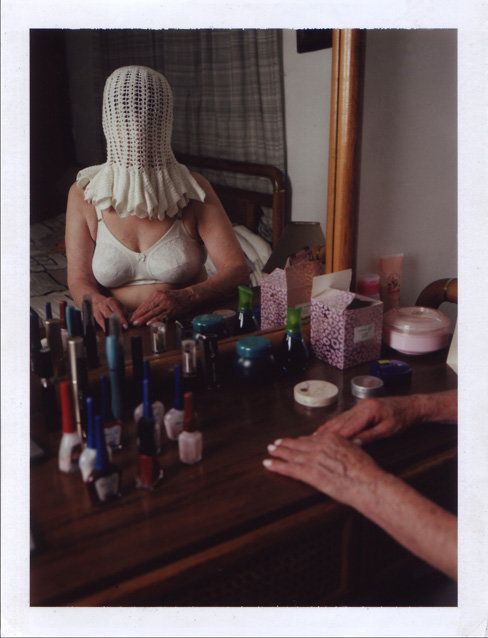
How did the actual photographic process work for this project?
I facilitated a situation in which my mother and the photographerBenjamin Fredrickson would spend a week together developing a series of photographs using her as the subject, interacting with a set of objects I had created for her.
I managed to convince my mother to participate, then I asked Benjamin to fly to Colombia to do the project. I have been a follower and big fan of his work, and we were also good friends. I knew he was the right person. He likes challenge. He has also a very charming way to make people feel comfortable and natural in front of the camera. I left them alone without any other direction than the presence of my sculptures. I was not available for them during that week: I told them no calls, no emails. Everything we see in the photographs is the result of an intimate interaction between Benjamin and my mother.
Were you met with any unexpected challenges?
One of the big challenges was to make my mother participate in the project. She was excited at the beginning but changed her mind when I showed her a couple of the objects during a Skype conversation. But I knew how to get her back on board. The language barrier was another issue to consider. Benjamin doesn't speak Spanish and my mother doesn't speak English, but they managed and had a very fluent dialogue.
What do you hope to convey through the series?
I challenged myself to make my work possible. I don't think that I was trying to communicate something in particular with this series. I had my own motivations and expectations regarding the project, which I explained before. What I have to say is how much I enjoyed developing a work based on trust and how wonderful it was to see my mother through different lenses, discovering so much talent on her, something I have never see before.
"Nydia" runs until February 27, 2016, at Daniel Cooney Fine Art in New York.
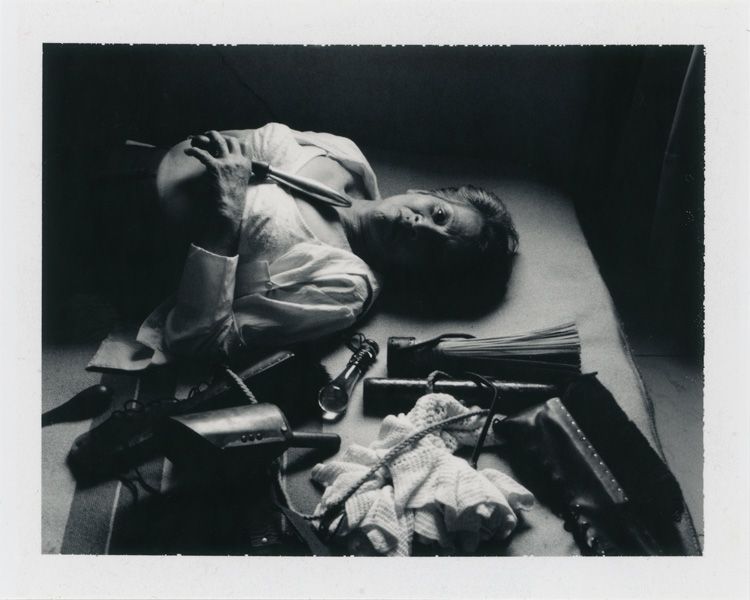
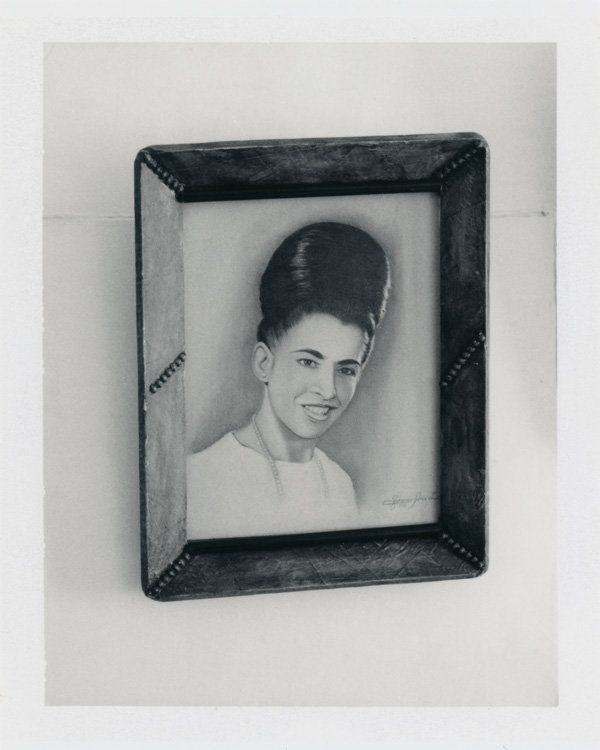
Also on HuffPost:
